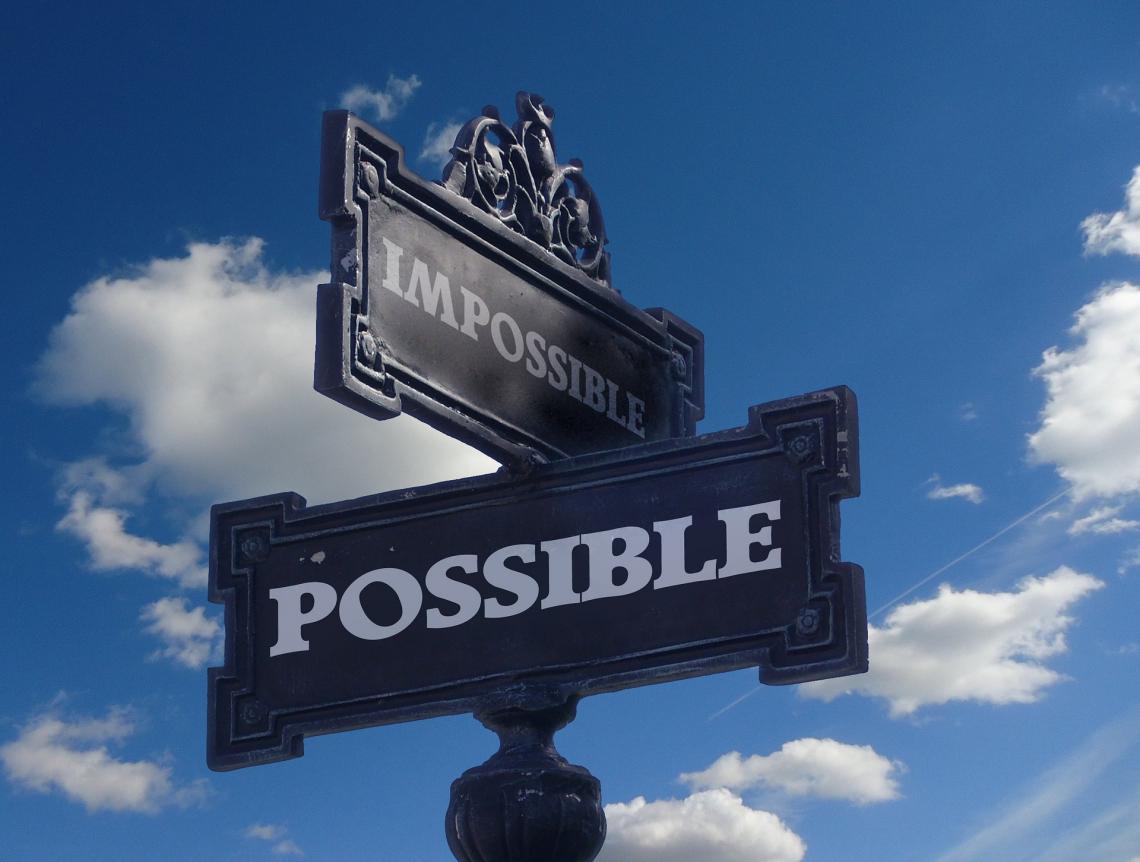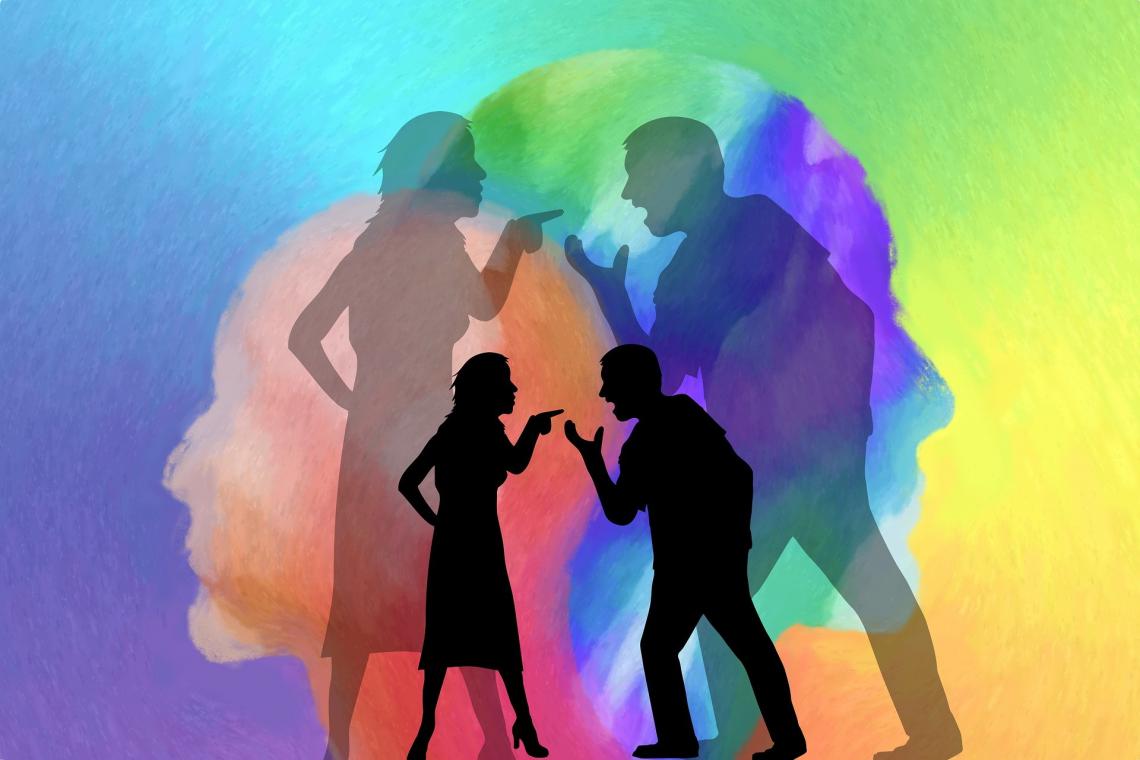Conflict Theory
It encompasses a variety of sociological perspectives that oppose functionalism and share the belief that the fundamental aspect of all societies is the conflict between individuals and groups for access to finite resources.
Conflict theory is a broad phrase that encompasses a variety of sociological perspectives that oppose functionalism and share the belief that the fundamental aspect of all societies is the conflict between individuals and groups for access to finite resources.

The theory holds that society is divided into classes that compete for limited power and resources.
It was initially presented by German philosopher Karl Marx and evolved from his historical theory, particularly historical materialism - the premise that a society's institutions derive from its economic foundation.
The theories argue that all societies have fundamental power divides and resource imbalances, which result in groups with competing interests.
Marx believed that the minority ruling class (the bourgeoisie) controlled productive resources, such as raw materials and factories. On the other hand, the majority lower class (called the proletariat) supplied the workforce.

According to him, the economic connection between the bourgeoisie and the proletariat stood at the center of all class battles. Before the social transformation, the financial relationship between owners and laborers had to shift.
Modern sociologists have employed this theory to describe a larger spectrum of power conflicts involving various genders, ethnicities, religions, countries, political ideologies, and financial levels.
Evolution of Conflict Theory
Huge public unrests, large population shifts, great poverty, and a wide disparity in the interests and income of workers and owners all contribute to the emergence of Marxist conflict theory, highlighting the universality of social class differences.
The theory later showed itself in World Wars and Civil Rights movements, empowerment movements, and rebuttals to colonial control.

Many social theorists have expanded on Marx's theory to strengthen, expand, and improve it.
Italian philosopher Antonio Gramsci argued that ideology had more influence than Marx had anticipated and that more effort needed to be put forth to challenge cultural dominance.
However, sociologists like Bartos and Wehr (2002) suggest defining conflict as any circumstance in which players engage in conflict action against one another to pursue conflicting objectives or demonstrate their antagonism.
When two or more people pursue contradictory interests, they may have irreconcilable interests. For example, if factory workers want to work as little as possible while being paid as much as possible, the owners want them to earn as little.
Conflict theory research has changed throughout time. Nevertheless, contemporary conflict theorists have continued to describe social hierarchies and class conflicts based on the circumstances and beliefs that differentiate distinct groups of people.
Assumptions
According to this theory, people are essentially competitive and self-interested entities competing for finite resources. Therefore, social order is established and maintained by one dominating group's control over other groups. The following assumptions are made:
- Self-centered Human Nature
Competition for scarce resources underlies all human social relationships, which leads to conflict. Competition, not unanimity, determines the formation of classes or groups, as well as the general organization of society.

These social systems adjust to changes in power. Individuals and groups struggle within society for intangible resources and material resources.
Entertainment, dominance, social position, sexual experiences, and other elements can all be considered. However, conflict theorists believe that competition, rather than collaboration, is the default.
2. Unavoidable nature of conflicts
A revolution results from this conflict, given the conflict theorists' presumption that conflict arises between social classes.

The premise is that power dynamics between groups do not alter due to adaptation. Instead, it is the result of the struggle between these groups.
Changes to a power dynamic are frequently rapid and enormous in scale instead of progressive and evolving.
In a society, there are sub-groups, and members have different beliefs, values, and norms in each of these groups. As a result, there is a conflict between two groups having different opinions on a specific issue or competing for resources.
An example of this is the Mormon-Indian conflict in Utah. The Great Basin tribes were significantly impacted by the California and Oregon Trails and the emigration of Mormons to Utah.
Given the notion of conflict theorists that conflict arises between social classes, a revolution is one result of this conflict. The premise is that power dynamics between groups do not alter due to adaptation.

Instead, it is the result of the struggle between these groups. In this approach, rather than being progressive and evolutionary, changes to a power dynamic are sometimes rapid and broad in scope.
For example, the rich-poor divide in America has increased dramatically, while most of the middle class is losing ground. Yet, because of the attitudes pushed by people in the middle and the elites, impoverished parts of society are still blamed for their poverty.
Criticism
Marx felt that as inequality increased, so did social unrest. That appears correct, as several studies reveal that socioeconomic and economic disparity is extremely detrimental to society.
The idea holds that if the wealth difference grows too large, social unrest will occur - which is exactly what we are seeing in society now.

It excludes those who rise through the ranks using their abilities or education, such as an athletically gifted person who succeeds as a professional athlete.
However, many phenomena cannot be described only via this lens, and there is another convincing and opposing theory: functionalism. Whereas conflict theory sees everything as a competition, functionalism sees society as a system aiming toward balance.
A functionalist, for example, would contend that as more women join the workforce, more organizations are compelled to implement anti-discrimination and sexual assault policies. Inequality, according to functionalists, is fundamental but also beneficial for society.

Consider a plumber and an astronaut. An extensive training program and a specific skill set are needed to become an astronaut. In contrast, a plumber delivers an essential function that does not require the same skill.
A functionalist might contend that an astronaut should be appropriately compensated with prestige and status compared to a plumber.
Marx's VS Weber's Approach
Max Weber (1864-1920), a German economist and sociologist, agreed with Karl Marx that the struggle for resources caused conflicts in societies. However, unlike Marx, Weber felt that conflict theory applied to social dynamics beyond the rich-poor divide.
According to Weber, power means overcoming opposition to obtain what you want. However, power does not stop with possessing the means of production.

Weber recognized that various social groups had unique advantages relating to their socioeconomic or economic position, such as access to food, health care, and education, which allowed them to develop more advanced skill sets in the workplace than others.
Weber referred to this discrepancy as each individual's "market condition." In addition, Weber expanded the concept of power to include social standing or reputation, whereas Marx's notion of class inequality had its roots in economics.
Weber did not always understand the connection between social class and status. A drug dealer, for example, may have much money but little social standing, whereas a researcher may have less money but considerable prestige.
Examples
In sociology, the theory describes society's tendency to evolve and grow due to constant conflict between classes. It is one of four sociological perspectives: utilitarianism, social constructivism, and feminism.

Conflict tendencies emerge when one class of individuals is structurally privileged over another. For example, the less powerful class seeks a part of the resources that the more prosperous class has in excess, resulting in social conflict.
Here are some real-world instances of conflicts in economic and social settings:
- The Missile Crisis in Cuba
During the 1962 Cuban Missile Crisis, the US and the Soviet Union came dangerously near nuclear war (Downing, 1992). As a result, Kruschev, the Soviet leader, placed medium-range missiles in Cuba.

The president of the United States had to counterbalance the risks of overreacting (nuclear war) with the downsides of underreacting (increasing the influence of the Soviet Union).
The US and the Soviet Union opposed interests: the Soviet Union intended to extend its missile hegemony, while the US desired to limit it (Bartos & Wehr, 2002).
2. 2008 Protest: Occupy Wall Street
Occupy Wall Street was a two-month political movement on Wall Street in New York that was part of the reaction to the 2008 economic crisis.
Its motto, "We Are the 99%," referenced the growing wealth and income disparity between the wealthiest 1 % of the total population and the rest of Americans.
Time Magazine picked "The Protester," including international protestors and individuals connected with Occupy Wall Street, as its 2011 Person of the Year.
3. A Sexual Stratification Conflict Theory
Collins seeks to explain workplace harassment against women as the product of a sexual stratification structure based on Freud and Weber's ideas.
Weber stated that conflict arises from a fight for as much influence over all the other groups as resources allow. Compared to males, women often made up a smaller proportion of professional and manual labor occupations in the early 1970s.

In 1971, 18% of teachers and professors and 3.3% of attorneys and judges were female. In the past, reasons for this disparity included a perceived lack of education and dedication to careers in favor of raising children.
Collins argues that men's huge stature and intense sexual and violent urges have historically resulted in men's domination of women.
Under this society, women might be bought as sexual property and therefore reduced to the "menial maids" duty. As a result, women who took up administrative responsibilities tended to do so primarily in female-dominated fields (such as nursing).
4. Black Lives Matter and Race
W.E.B. Dubois, a sociologist, studied double consciousness, or the experience of having two identities (in his instance, an American and a black American) that have been handled differently.
Dubois established Racial Formation Theory to argue that racism in America was systematic and that an individual racist was not required to uphold the discriminatory system.
Black Lives Matter is a mass revolution that opposes violence against African-Americans. It began in 2013, following George Zimmerman's sentencing in Trayvon Martin's shooting death.

Supporters of the movement continue to show solidarity when black folks are killed in non-threatening circumstances.
Black Lives Matter is an example of a social revolution following years of unfair treatment, much as the movement for civil rights that happened more than 60 years earlier.
- According to conflict theory, diverse groups in a society always strive for finite resources and power, resulting in the dominant ruling the powerless. As a result, the dominating chicken eats first, while the lowest-ranking fowl has the lowest chance of survival.
- The theory depicts humanity as a constant power struggle over finite resources. By exploiting the oppressed, oppressors have access to greater resources.
- Earlier theories of social conflict contend that money is the mechanism that triggers social dysfunction. Their theories imply that civilization is formed by constant social strife between distinct factions.
- According to the social conflict theory, social connections are about power and exploitation, with the affluent exploiting the poor.
As an illustration of systemic tyranny, consider a tenant who has lived in a rented flat for fifty years and has no legal or economic interest in the property.
- Marx's worth as a philosopher and economist is demonstrated by the fact that he and his ideas continue to have a significant impact today.
- Conversely, Marx prepared the path for communism and socialist systems to develop, with disastrous effects for billions of people.
- This theory takes a limited perspective of history and human culture by focusing only on conflict and struggle, disregarding long periods of peace and stability.
There are moments of tumult and eras of stability throughout history. It is like looking at the dips of a curve and missing the peaks.
- The theory can assist in understanding why no society has ever reached peaceful equality. On the contrary, throughout history, all societies have had periods of revolt and violence.
- The theory is how society creates divisions in society from which conflicts form. It originates in dialectical materialism or the notion that everything is made up of contradictions, similar to the contrasts of good and evil, light and dark.




or Want to Sign up with your social account?